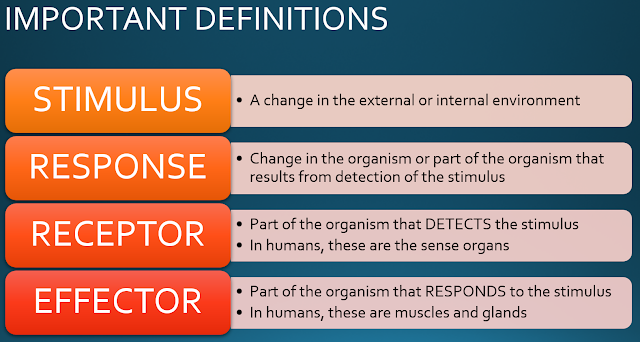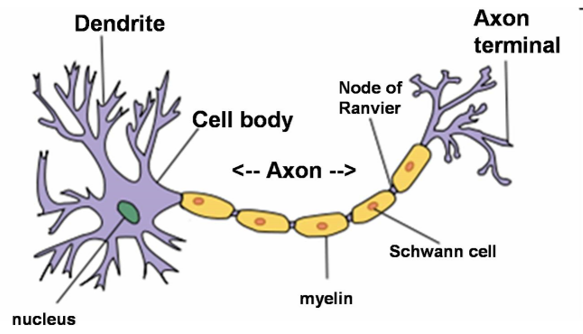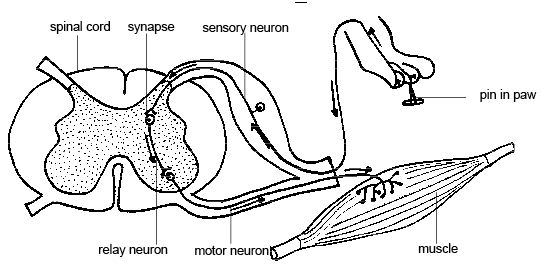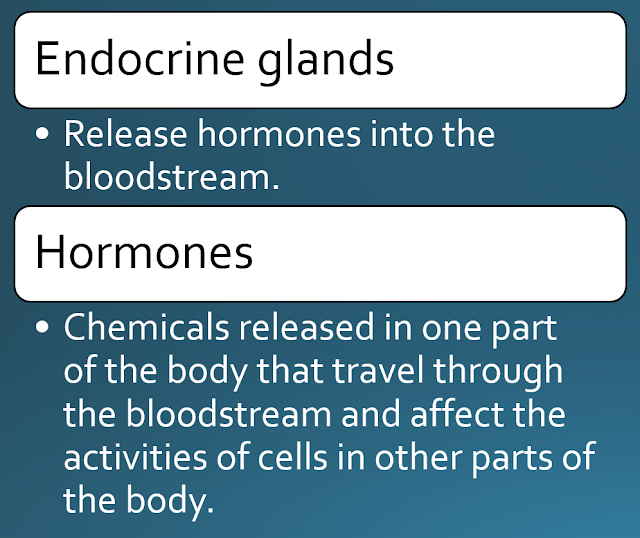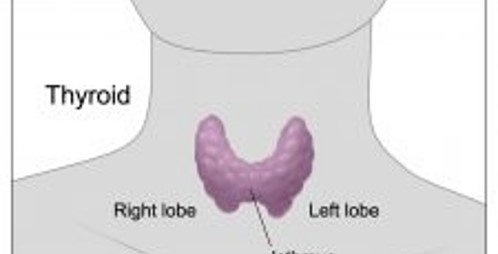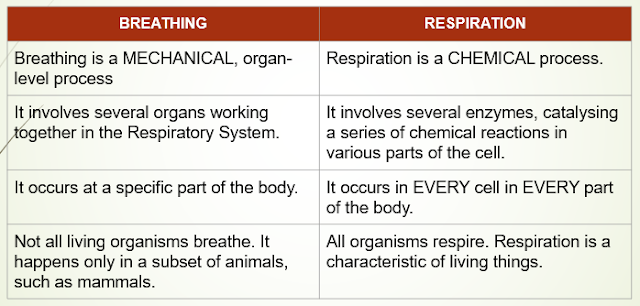NERVOUS vs ENDOCRINE SYSTEM [CSEC HSB & Biology]
SYLLABUS REFERENCE
CSEC HSB
- [B6.1] describe the main divisions of the nervous system;
- [B6.2] distinguish between a neuron and a nerve;
- [B6.3] explain the functions of motor and sensory neurons and spinal synapses;
- [B6.4] describe the functions of the parts of the brain;
- [B6.5] describe the mechanisms of a reflex action;
- [B6.6] explain the process by which voluntary actions occur;
- [B6.7] distinguish between a voluntary and involuntary action;
- [B6.8] explain the response of the sense organs to stimuli;
- [B6.13] compare and contrast endocrine and nervous control systems;
- [B6.14] identify the sites of hormone production;
- [B6.15] explain the roles of selected hormones in the human body;
CSEC Biology
- [B7.1] define 'stimulus' and 'response';
- [B7.2] describe the response of: (a) green plants to stimuli; (b) invertebrates to variations in light intensity, temperature and moisture;
- [B7.3] define receptor and effector;
- [B7.4] explain why the response to stimuli is important for the survival of organisms;
- [B7.5] explain the relationship among the receptor, the central nervous system and the effector;
- [B7.6] explain the simple reflex action;
- [B7.7] describe the functions of the main regions of the brain;
WHAT IS IRRITABILITY?
This is the ability to detect and respond appropriately to any changes in the environment.
It is a characteristic of life and important to survival.
It also requires the ability to monitor one's internal and external environment at all times.
The following systems handle the detection and the coordinated response to stimuli:
- Nervous System
- Endocrine (Hormonal) System
NERVOUS VS ENDOCRINE SYSTEMS
THE NERVOUS SYSTEM
(Electrical Communication)
It can be divided into two parts:
- The Central Nervous System
- The Peripheral Nervous System
Central Nervous System (CNS)
Consists of the brain and spinal cord.
The brain itself consists of several distinct parts.
The hypothalamus is in the brain and controls the release of hormones from the pituitary gland.
It is an important link between the endocrine and nervous systems.
The Peripheral Nervous System
Includes all the cranial and spinal nerves that connect the CNS to the rest of the body.
Consist of the sensory and motor divisions.
The Nerves and Neurones
A NERVE is an organ that includes a bundle of nerve cells called neurones.
Neurones carry electrical messages called impulses throughout the body.
Parts of the Neurone
- Cell Body: contains the nucleus & most of the cytoplasm.
- Dendrites: projections that brings impulses into the neuron and to the cell body.
- Axon: long projection that carries impulses away from the cell body.
Neuron-to-Neuron Communication
Because neurons never touch, chemical signalers called NEUROTRANSMITTERS must travel through the space called a SYNAPSE between two neurons.
The message is transferred when RECEPTORS receive the neurotransmitters.
They also ensure that impulses travel in ONE DIRECTION ONLY, while allowing many neurons to interconnect.
Types of Neurons
Sensory Neuron
Carries nerve impulses from sense organs & their receptors to the brain.
 |
| Diagram of Sensory Neuron from a CSEC HSB Paper 1 Exam |
Interneuron / Relay Neuron
- processes impulses in the brain and spinal cord
- connect sensory and motor neurons
Motor Neuron
Carry impulses from the brain & spinal cord to muscles & glands.
VOLUNTARY VS INVOLUNTARY ACTION
A voluntary action is one that is consciously controlled by the brain.
Voluntary actions are:
- learned
- relatively slow
- complex, because a variety of different responses can result from one stimulus.
Voluntary actions are initiated by the cerebrum.
It can occur in two ways, both of which require conscious thought:
- Coordination of incoming information from sensory neurons & initiation of an action.
- Spontaneous initiation of an action without receiving any incoming information.
To initiate the action, impulses are sent from the cerebrum along relay neurons in the brain and spinal cord to motor neurons.
These moto neurons then carry those impulses to skeletal muscles (effectors), initiating a conscious response, such as walking or writing.
An involuntary action is one that occurs without conscious thought.
Involuntary actions are:
- not learned
- rapid
- simple, because the same response always results from the same stimulus
- actions controlled by the autonomic nervous system or reflex actions.
The Autonomic Nervous System
- Composed of motor neurons only.
- Regulates the functioning of internal organs. For example, breathing and heart rate.
- Actions controlled by this system are important to homeostasis.
- Information from internal receptors passes to the medulla of the brain, which sends impulses out along motor neurons in the cranial and spinal nerves to the effectors.
The Reflex
It is an involuntary response that is processed in the spinal cord, not the brain.
Reflexes protect the body before the brain knows what is going on.
THE ENDOCRINE SYSTEM
(Chemical Communication)
Its main function is the release of hormones into the blood to signal other cells to behave in certain ways.
It is a slow but widespread form of communication.
Components of the Endocrine System
Pituitary Gland
Function
It secretes nine hormones that directly regulate many body functions and that controls the functions of other glands.
Disorders
Too much growth hormones (GH) in early childhood can result in a condition called gigantism.
Too little GH can result in Pituitary Dwarfism.
Thyroid Gland
Function
Plays a major role in regulation the body's metabolism.
Disorder
If the thyroid gland produces too much thyroxin, it can cause a condition known as hyperthyroidism.
Too little thyroxin leads to hypothyroidism
Pancreas
Function
Produces insulin and glucagon, which help to keep the level of glucose in the blood stable.
Disorders
If the pancreas fails to produce insulin, or the body's cells fails to properly use insulin, this leads to the disease Diabetes Mellitus.
Adrenal Gland
These glands release adrenaline, which help prepare for and deal with stress.
It also regulates kidney function.
Ovaries
Function
Releases oestrogen and progesterone, which regulate the menstrual cycle.
Testes
Function
Secretes testosterone, which gives the body its secondary masculine characteristics.
